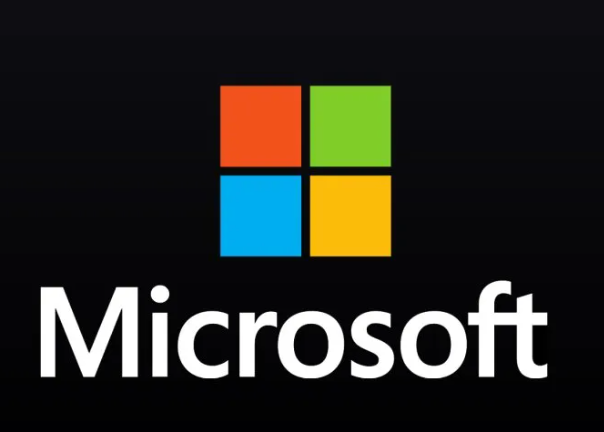$MSFT #Microsoft #Windows #TechNews #SoftwareUpdate #TechTrends #OperatingSystem #UserExperience #Innovation #TechCommunity
Is the Blue Screen of Death Finally Gone? See What’s Replacing It After 40 Years!
In a landmark update that’s stirring discussions across tech communities, Microsoft has announced that the notorious Blue Screen of Death (BSOD) will be retired. This decision marks a significant shift in the user experience for countless Microsoft users worldwide. The “microsoft news” is buzzing with speculations and expectations about what’s coming next.
Understanding the Legacy of the BSOD
For over four decades, the BSOD has been synonymous with system errors and crashes in Windows operating systems. It became known for its stark blue screen and white text detailing critical errors that prompted a mandatory system reboot. This screen, while helpful for diagnostics, often caused frustration due to data loss and unexpected system downtime.
What’s Next After the Blue Screen?
Microsoft is set to replace the old BSOD with a more user-friendly solution focused on system recovery and error management. The new system will not only diagnose issues but also attempt to resolve them automatically. Moreover, it aims to provide clearer information and guidance to users on how to proceed after an error has occurred.
Enhanced Features for a Smoother Experience
The upcoming update is expected to include advanced diagnostics tools and an auto-recovery feature that minimizes user intervention and downtime. This development reflects Microsoft’s commitment to enhancing user experience and system reliability. For more details on stock-related insights, you can check out this relevant text.
The Impact on Users and Developers
This change is anticipated to significantly reduce the stress and disruption caused by sudden system errors. Users will benefit from a less intrusive error management system, while developers will have access to more robust tools for troubleshooting and resolving issues.
Looking Ahead: Microsoft’s Vision for the Future
With this update, Microsoft is not just eliminating an outdated error screen but also paving the way for a new era of user-centric solutions. This move is part of a broader strategy to streamline user interactions and enhance system performance across all Microsoft platforms.
In conclusion, the retirement of the Blue Screen of Death and its replacement with a more intelligent and user-friendly system marks a new chapter in Microsoft’s history. This update is eagerly awaited by the tech community and is poised to redefine the Windows user experience. As we bid farewell to the BSOD, the future looks promising with innovations that will continue to shape the tech landscape.











Comments are closed.